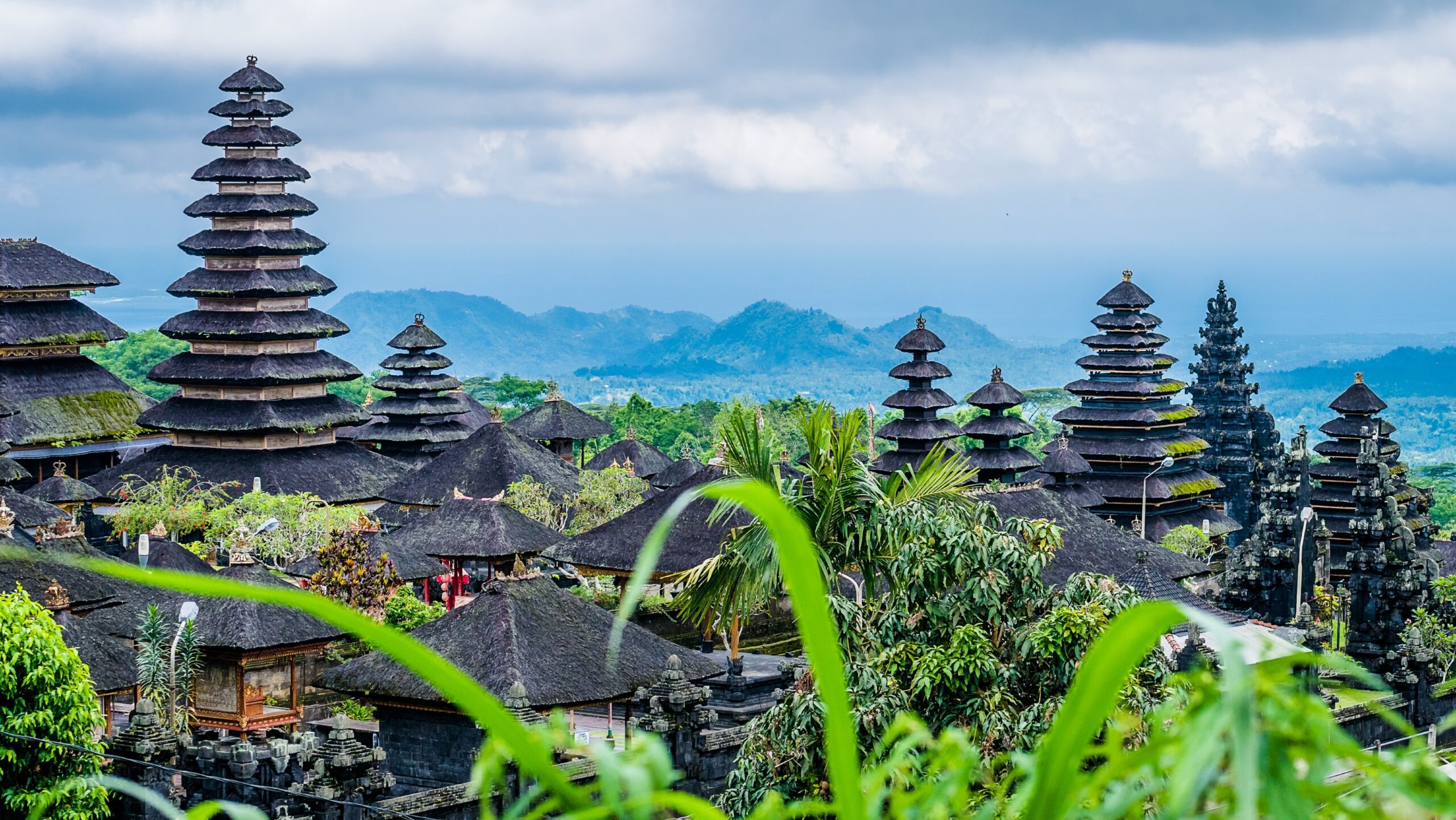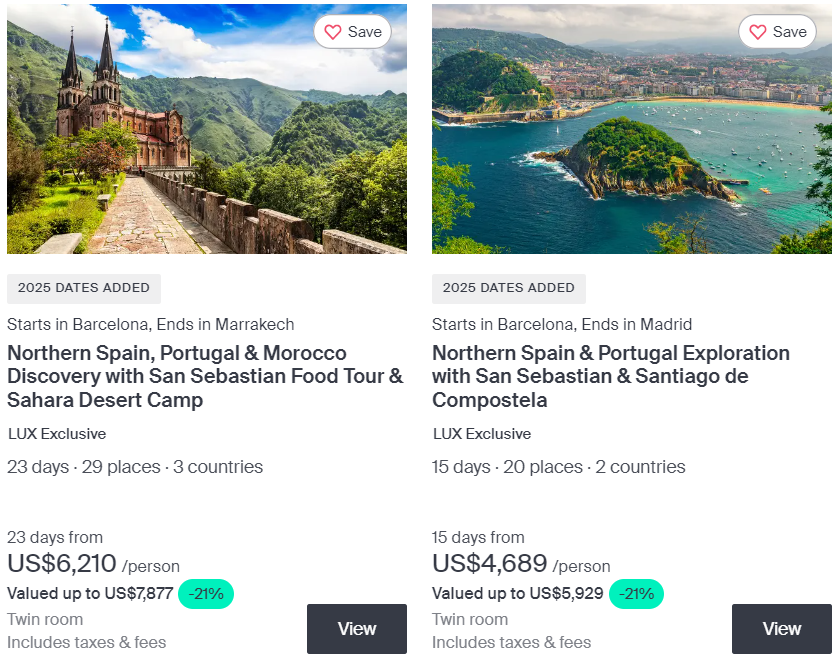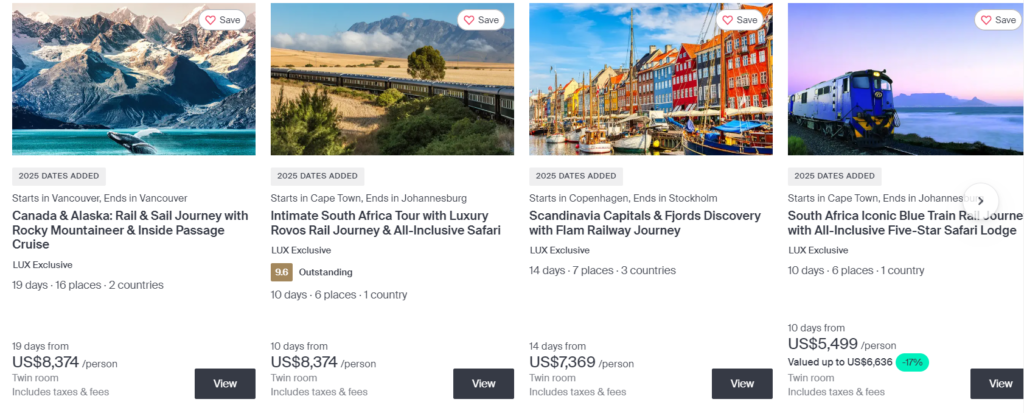For those passionate about exploring the world by road, crossing borders with a car can be one of the most exciting ways to travel. Whether you’re going on a cross-continental adventure or exploring new countries, there are several logistical considerations to ensure a smooth journey. One of the key documents that international drivers need is the Carnet de Passages en Douane (CPD), commonly referred to as a “Carnet.” This document plays a crucial role in facilitating the temporary importation of a vehicle across international borders without the need for paying customs duties or taxes.
In this article, we’ll explore the importance of the Carnet, its function, and how it can benefit travelers and vehicle owners planning to embark on international road trips.
What Is a Carnet?
A Carnet de Passages en Douane is an international customs document that allows a vehicle to be temporarily imported into a country without paying import duties or taxes. The Carnet essentially acts as a guarantee that the vehicle will be re-exported within a certain period. It ensures that customs authorities know the vehicle won’t stay in the country longer than allowed, and the temporary entry will comply with the law.
It is an internationally recognized document accepted by over 90 countries, including most European countries, as well as a number of destinations in Asia, Africa, and South America. The Carnet is typically valid for a year, though it can be renewed depending on the specific regulations of the country you are visiting. The document is typically issued by national automobile associations or authorized bodies in each country and is required for international road trips.
Why Is the Carnet Important?
- Saves Money on Customs Fees
One of the most significant benefits of having a Carnet is that it allows you to avoid paying import duties, taxes, and deposits that would otherwise be required when temporarily bringing a vehicle into a foreign country. Without the Carnet, drivers could be subjected to hefty customs fees that may discourage them from embarking on an international road trip.
With a Carnet, you won’t have to worry about paying these duties upfront. Instead, you’re simply guaranteeing that your vehicle will be exported again within the allotted time frame, saving you a substantial amount of money.
- Simplifies Border Crossings
If you’ve ever crossed an international border with a car, you know it can sometimes be a stressful experience. Each country has its own rules and regulations regarding temporary imports, and these can vary from one border crossing to another. The Carnet makes this process much more straightforward.
Instead of dealing with complex paperwork at each border crossing or negotiating the terms of a temporary importation, you can present your Carnet, which will already have all the necessary details about your vehicle. This significantly reduces wait times, paperwork, and the potential for confusion.
- Ensures Compliance with Local Laws
Each country has different rules regarding the temporary importation of vehicles. Some countries may require a bond or a guarantee before allowing your vehicle to enter, while others may have strict regulations about how long your car can stay within the borders. The Carnet simplifies this process by ensuring that you’re complying with local laws regarding vehicle imports.
When you carry a Carnet, customs authorities can easily see that your vehicle is legally permitted to be in the country temporarily and that it will be re-exported on time. Without the Carnet, you could face fines or even the confiscation of your vehicle for non-compliance.
- Peace of Mind
For travelers who are planning long road trips or extended stays in foreign countries, the Carnet offers peace of mind. Knowing that you have a legally recognized document that protects you from costly customs fees or fines helps you relax and enjoy your journey without fear of running into unexpected legal or financial issues at the border.
- Flexibility for International Travel
In addition to making border crossings easier and more cost-effective, the Carnet gives you more flexibility in your travel planning. With the Carnet, you can visit multiple countries without having to worry about customs regulations every time you cross a border. This can be especially helpful for those planning on visiting several countries on a single road trip.
If you’re planning to drive through multiple countries in Europe, for example, you won’t need to stop and deal with customs procedures every time you cross into a new country. The Carnet simplifies the entire process, allowing for a more seamless experience.
- Provides a Temporary Importation Guarantee
The Carnet functions as a type of “guarantee” that the vehicle will be exported by a certain date. If the vehicle stays in the country longer than allowed, customs authorities may charge you a fine or seize your car. By having a Carnet, you show that you are serious about complying with the rules and re-exporting your vehicle as required.
If you decide to extend your stay in a country, some countries may allow an extension of your Carnet, but it’s essential to confirm these details with the relevant authorities before your vehicle overstays its welcome.
- Enhances Your Traveling Experience
By removing the worries and complications that often accompany international vehicle importation, the Carnet enhances your overall travel experience. Instead of spending hours researching rules, navigating customs, and calculating potential fees, you can focus on the exciting aspects of your journey, such as scenic drives, cultural experiences, and exploring new destinations. The Carnet acts as your travel companion, ensuring that your vehicle won’t stand in the way of your adventures.
- A Must-Have for Overlanding and Road Trips
For overlanders and long-term travelers, a Carnet is indispensable. Whether you’re planning to drive across continents or simply want to explore neighboring countries in a road trip, the Carnet ensures that your vehicle is legally allowed to enter countries without unnecessary delays or penalties. It’s an essential tool for those who prioritize self-sufficiency and the freedom of driving their own vehicle on international roads.
How to Get a Carnet
The process of obtaining a Carnet varies by country, but it usually involves the following steps:
- Contact the Authorized Issuing Body:
Most national automobile associations or authorized entities issue Carnets. In the U.S., for example, the American Automobile Association (AAA) and the American Automobile Touring Alliance (AATA) are among the organizations that offer Carnets. - Provide Vehicle Information:
You’ll need to submit key information about your vehicle, including its make, model, year, chassis number, and engine number. You may also be asked to provide documentation such as the vehicle’s registration and proof of ownership. - Pay the Fees:
The cost of obtaining a Carnet can vary, depending on the issuing body and the duration of your trip. There is often a deposit required, which is refunded when you return your vehicle to your home country. The deposit amount may be based on the value of the car. - Approval and Issuance:
Once your application is reviewed and your deposit is paid, the Carnet will be issued. Be sure to keep it safe and with you at all times while traveling. - Returning the Carnet:
Upon returning to your home country or when you leave a country within the allotted time frame, you’ll need to present the Carnet to the relevant customs authority for cancellation. This is to confirm that your vehicle has left the country as required.
Conclusion
The Carnet de Passages en Douane is an essential tool for anyone looking to take their vehicle on an international road trip. By saving money on customs fees, simplifying border crossings, ensuring legal compliance, and enhancing the overall travel experience, the Carnet offers peace of mind and flexibility for adventurers around the world.
For road trip enthusiasts, overlanders, and international travelers, the Carnet makes it easier to cross borders and explore new destinations, all while ensuring your vehicle is legally and temporarily imported into the country. If you’re planning a long road trip or embarking on a journey across countries, make sure you apply for your Carnet before you hit the road.
Safe travels!













